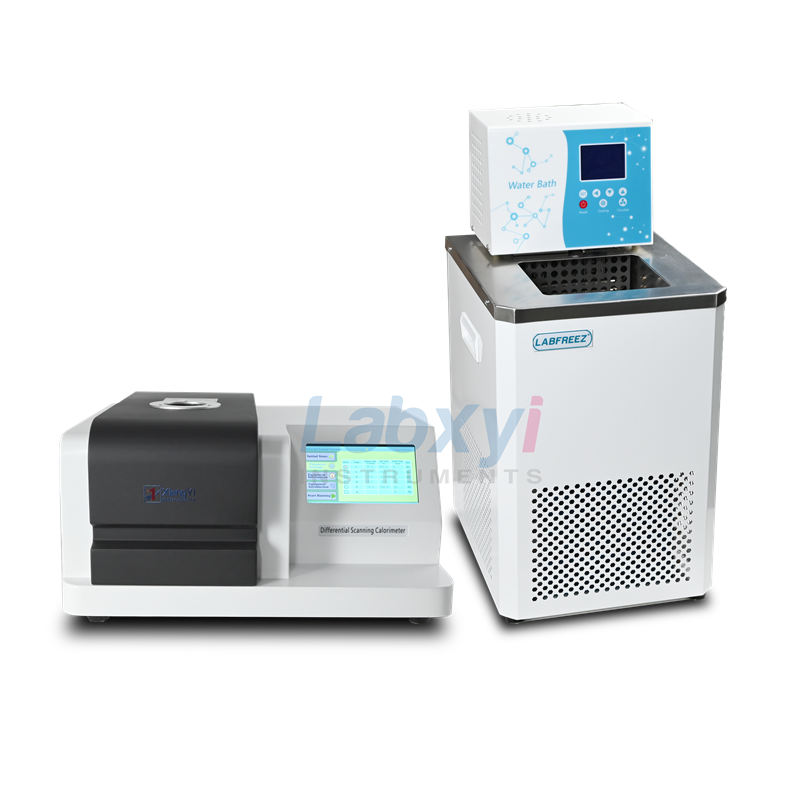This test case details the thermal performance testing of two common polymer materials, polyethylene terephthalate (PET) and polypropylene (PP), using differential scanning calorimetry (DSC). The purpose of the test is to evaluate the glass transition temperature (Tg), melting point and crystallization behavior of the materials, which are critical for the processing, molding and application of the materials.
- Materials and Methods
1.1 Test Materials
Polyethylene terephthalate (PET): Commercial-grade PET pellets used to make plastic bottles and fibers.
Polypropylene (PP): Commercial grade PP pellets, widely used in the manufacture of automotive parts and packaging materials.
1.2 Test Equipment
Equipment model:DSC3000C
Temperature range: -40°C to 600°C

1.3 Test conditions
Heating rate: 10°C/min
Cooling rate: -10°C/min
Test temperature range: -40°C to 300°C
Nitrogen flow rate: 50mL/min
Sample mass: 10-20 mg
1.4 Sample preparation
Sample volume: Accurately weigh 10-20 mg
Sample shape: small particles to ensure uniform dispersion of samples
Sample container: Aluminum crucible
- Spectral analysis
.jpg)
2.1 Glass transition temperature (Tg)
The Tg of PET is about 77°C, indicating that it is in a glassy state at room temperature and has good hardness and rigidity.
The Tg of PP is about -10°C, which means that it is in a rubbery state at room temperature and has high flexibility.
2.2 Melting point (Tm)
The melting point of PET is about 260°C, which shows its crystallization ability and is suitable for manufacturing heat-resistant plastic products.
PP has a melting point of approximately 165°C, indicating its low crystallinity, making it suitable for applications requiring flexibility.
2.3 Crystallization behavior
PET shows an obvious crystallization peak during the cooling process, and the crystallization temperature is about 120°C, indicating that it has good crystallization ability.
2.4 Data Analysis
Use professional data analysis software to fit the DSC curve to obtain more accurate thermal performance parameters. Compare data from different batches of materials to evaluate the consistency and repeatability of the materials.
- Conclusion
Through DSC testing, we can accurately evaluate the thermal properties of PET and PP, including glass transition temperature, melting point and crystallization behavior. These data are crucial for material processing, application and quality control. The test results show that both PET and PP have good thermal stability and are suitable for their applications in their respective fields.
